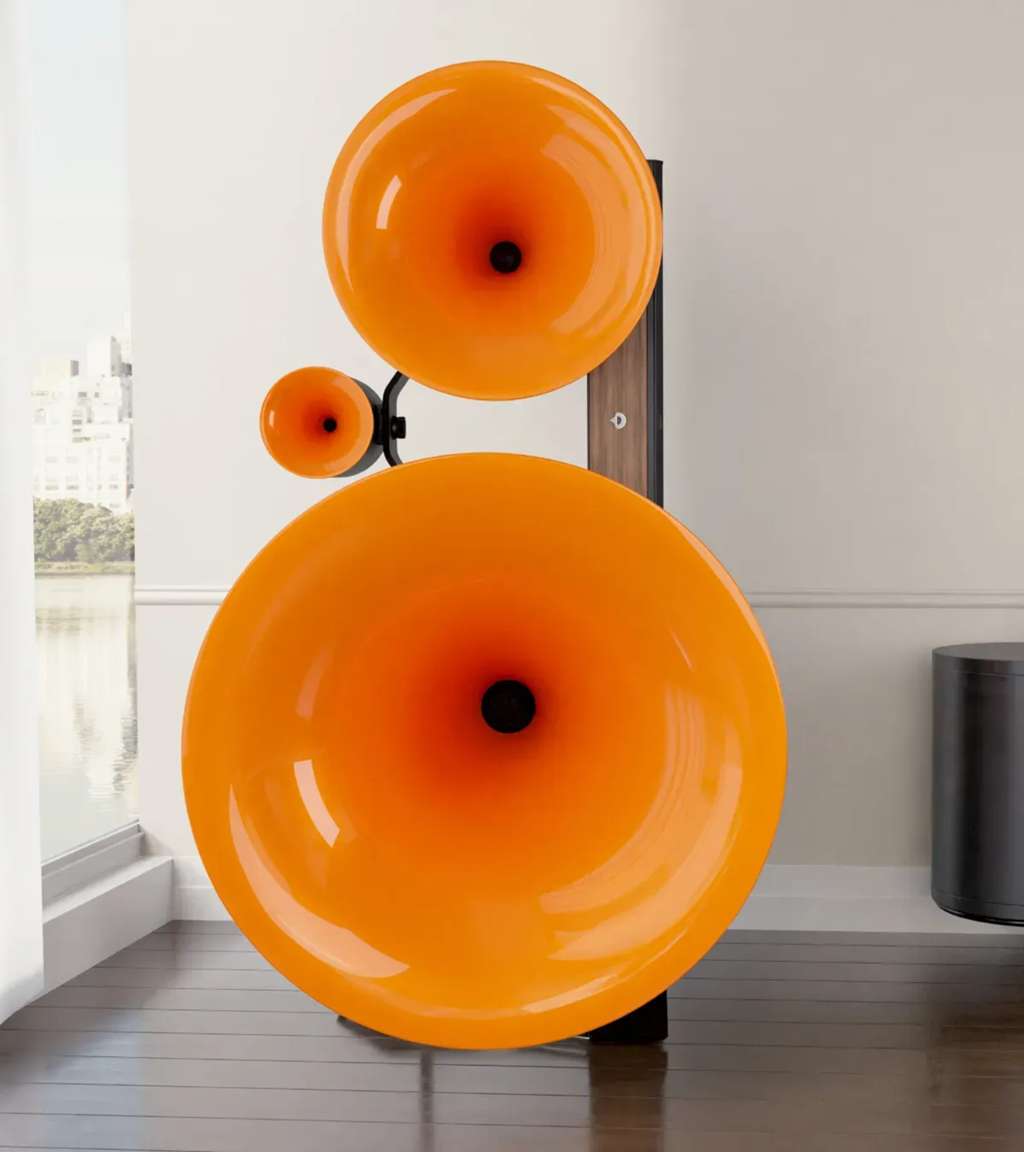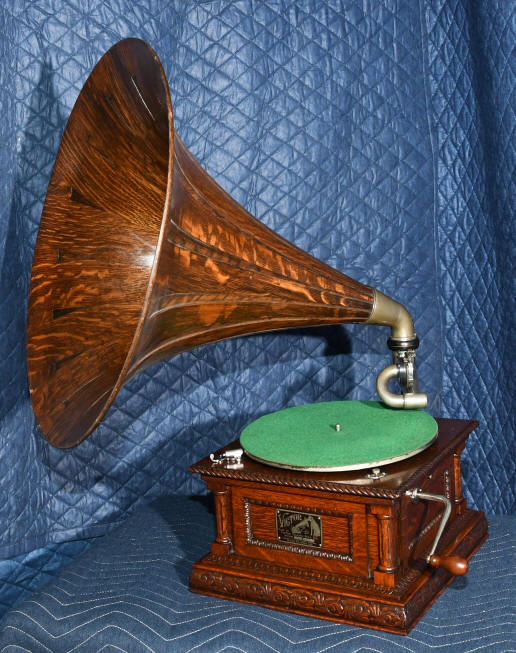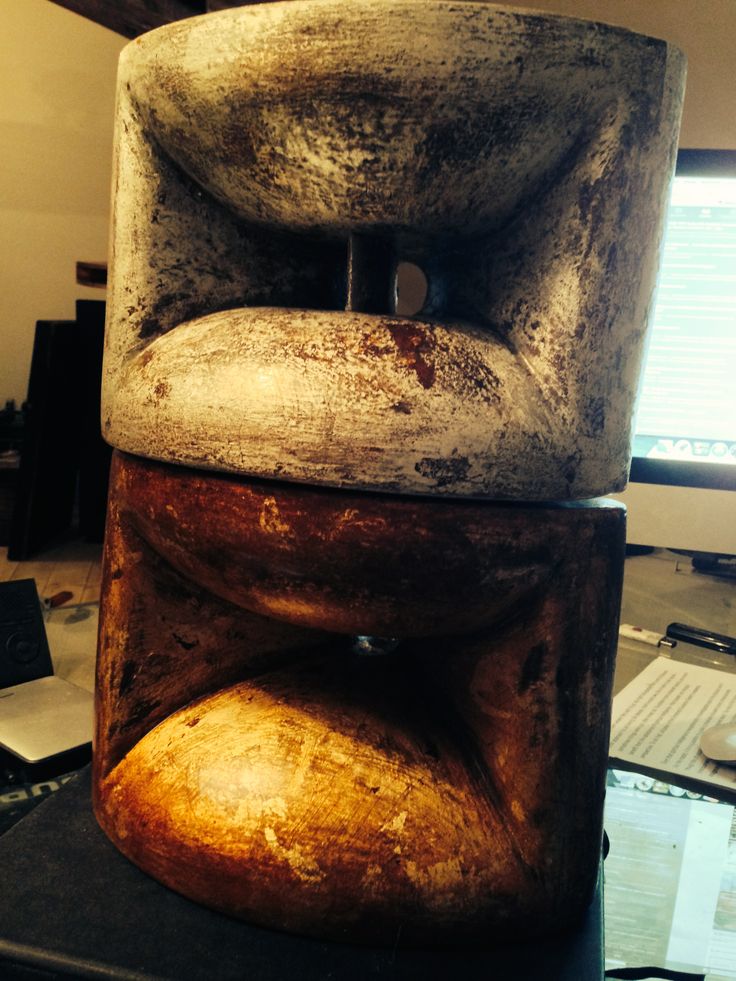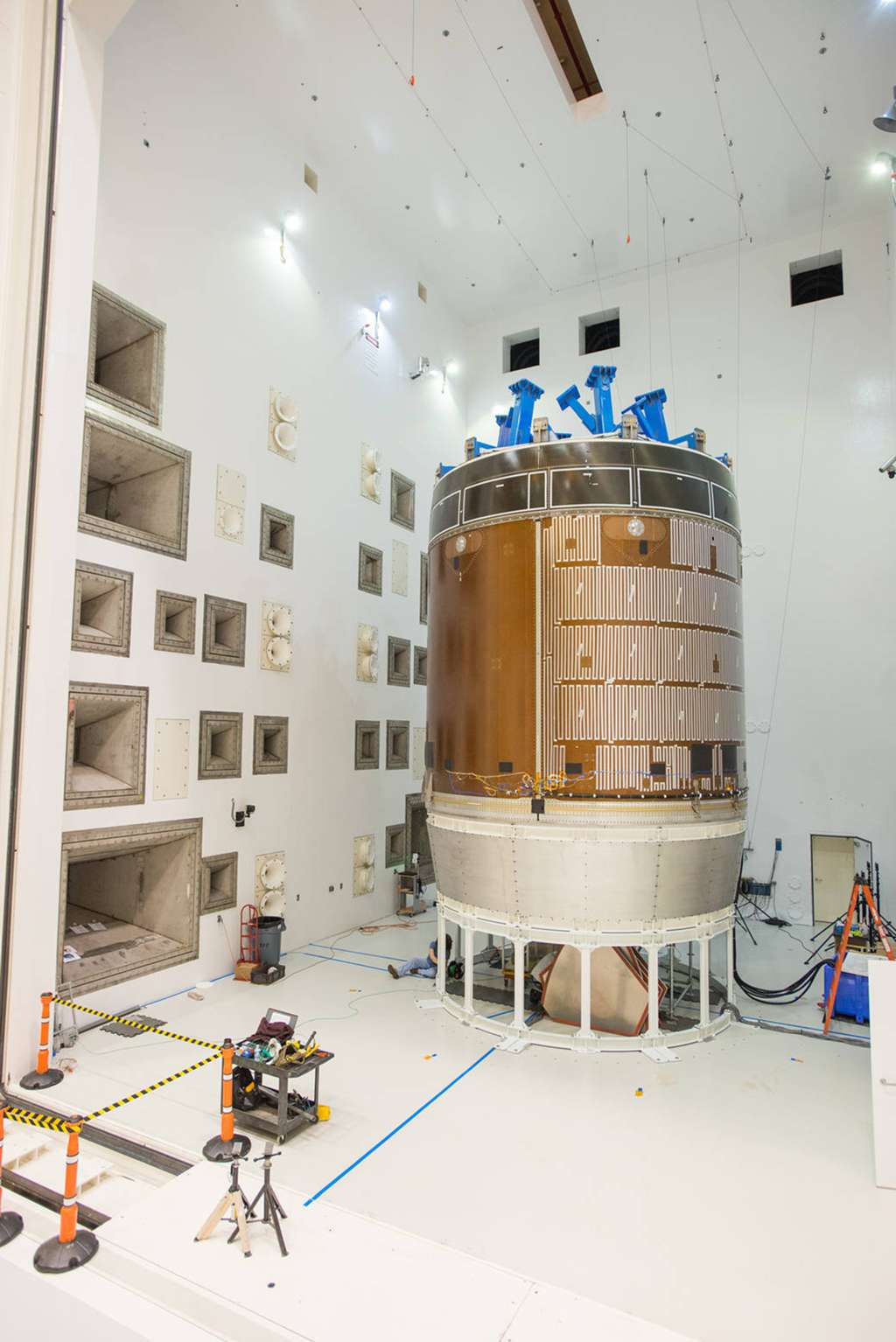The Allure of the Hyperbolic Horn: A Deep Dive into Acoustic Excellence
In the world of high-fidelity audio, few designs are as visually striking or acoustically debated as the horn loudspeaker. Among its various forms, the hyperbolic horn stands out as a pinnacle of acoustic engineering—a design that marries complex mathematics with the pure physics of sound. This article explores the history, theory, and unique characteristics of hyperbolic horns, particularly those crafted from wood, to understand why they command such reverence among audiophiles.

From Megaphones to High Fidelity: The Evolution of Horn Loudspeakers
The principle of the horn is ancient, originating with simple megaphones used to amplify the human voice. At its core, a horn is an acoustic transformer. It efficiently matches the high acoustic impedance of a sound source (like a speaker driver's diaphragm) to the low acoustic impedance of the surrounding air. This impedance matching allows for a much more efficient transfer of energy, resulting in higher sound pressure levels from less power—a key reason for their high sensitivity.
The journey of the horn into high-fidelity audio began in the early 20th century. Early phonographs relied on purely acoustic horns to make recorded music audible. With the advent of electronic amplification in the 1930s, companies like Western Electric and later Altec Lansing pioneered horn-loaded speaker systems for large movie theaters. These systems, such as the iconic "Voice of the Theatre" (VOTT), were renowned for their ability to produce concert-level volumes with exceptional clarity and dynamics, cementing the horn's place in professional audio.

What Makes a Horn "Hyperbolic"?
While all horns serve the same basic function, their performance is dictated by their geometry—the specific curve or "flare rate" at which their cross-sectional area expands from the narrow throat to the wide mouth. The most common types include:
- Conical: A simple, straight-sided flare like a megaphone. It offers good directivity control but can suffer from higher distortion.
- Exponential: The area expands at an exponential rate. This design is known for a smooth frequency response and low distortion.
- Tractrix: A mathematically derived curve that aims to balance the properties of conical and exponential horns.
The hyperbolic horn, also known as a "hypex" horn, is an advanced design that attempts to synthesize the best qualities of the others. Its flare rate is governed by a hyperbolic cosine function. According to a detailed analysis in Hyperbolic Horn Physics and Design, the area (A) at any distance (z) along the horn's axis is described by the equation:
A = At(cosh(z/z0) + T sinh(z/z0))2
Here, At is the throat area, z0 is a flaring constant, and T is the crucial "family parameter" that defines the horn's specific shape and acoustic behavior.
The Magic of the 'T' Parameter
The 'T' parameter is what gives the hyperbolic horn its remarkable flexibility. By adjusting its value, a designer can fine-tune the horn's performance, especially at the critical low-frequency end of its range, near the "cutoff frequency." Below this frequency, the horn no longer effectively loads the driver.
- If T = 1, the equation simplifies to that of a pure exponential horn.
- If T > 1, the horn's shape becomes progressively closer to a conical horn.
- The range of 0 ≤ T < 1 is of particular interest to designers. In this range, the horn is often called a hyperbolic cosine or "cosh" horn.
A key problem with standard exponential horns is that their acoustic impedance (and thus their frequency response) begins to roll off too far above the cutoff frequency. By setting T to a value less than 1 (e.g., between 0.5 and 0.7), a designer can counteract this. As documented in studies by audioXpress and demonstrated in practical designs, a hyperbolic horn with an optimized T-value can actually create a slight rise in impedance just before the cutoff frequency. This gentle "peak" helps to maintain a strong bass response down to the absolute limit of the horn's design, resulting in a more extended and powerful low-end performance compared to its exponential counterpart.
The Art and Science of Crafting a Wooden Hyperbolic Horn
The theoretical advantages of the hyperbolic horn come at a price: they are notoriously difficult and expensive to manufacture (EngineeryourSound). Achieving the precise, continuously changing flare rate requires immense skill and precision. Unlike a simple cone, the hyperbolic curve cannot be easily formed.
For wooden horns, this often involves advanced techniques. Some artisans use CNC (Computer Numerically Controlled) machinery to carve the complex shapes from solid blocks of wood or to cut precise layers that are then stacked and smoothed. One detailed DIY project documented the process of using custom software to calculate the exact cross-sectional area at quarter-inch intervals, then creating inserts and molds from polyester resin to correct the shape of a more easily constructed square horn to perfectly match the hyperbolic curve. This highlights the dedication required to realize the design accurately.
The choice of wood is not merely aesthetic. Different woods have varying densities and damping characteristics that can subtly influence the final sound, adding a layer of warmth and naturalness that materials like metal or plastic may lack. The craftsmanship involved makes each wooden hyperbolic horn a unique piece of functional art.

Performance and Sonic Signature: Why Choose Hyperbolic?
The primary reason to choose a hyperbolic horn is its superior acoustic performance, particularly in the low frequencies. The design offers a unique combination of benefits:
- High Efficiency: Like all horns, they produce high volume levels with very little amplifier power, leading to a dynamic and effortless sound.
- Extended Low-Frequency Response: The optimized flare provides better acoustic loading near the cutoff frequency, resulting in deeper and more authoritative bass than other horn types of similar size.
- Low Distortion: The smooth, calculated transition from throat to mouth minimizes reflections and turbulence within the horn, contributing to a clean and clear sound.
This unique performance profile has not gone unnoticed by researchers. As early as the 1960s, NASA's Jet Propulsion Laboratory (JPL) conducted in-depth studies on hyperbolic horns. A 1967 technical report, "Acoustic Spectrum Shaping Utilizing Finite Hyperbolic Horn Theory," detailed their use in creating precisely controlled, high-intensity sound fields for environmental testing of spacecraft. The research confirmed the horn's "unique property of a resonant response characteristic at frequencies just above their cutoff frequency," the very trait audiophiles cherish for bass reproduction.

Conclusion: The Enduring Appeal of a Complex Curve
The hyperbolic horn is more than just a loudspeaker component; it is a testament to the pursuit of acoustic perfection. It represents a design where complex mathematics and painstaking craftsmanship converge to overcome the physical limitations of sound reproduction. While demanding to build and often commanding a high price, the sonic rewards—effortless dynamics, exceptional clarity, and a uniquely powerful low-frequency presence—are undeniable.
For the audiophile willing to embrace its complexity, the wooden hyperbolic horn offers an experience that is both intellectually satisfying and sonically breathtaking, proving that sometimes the most elegant solutions are found in the most intricate curves.

No comments:
Post a Comment